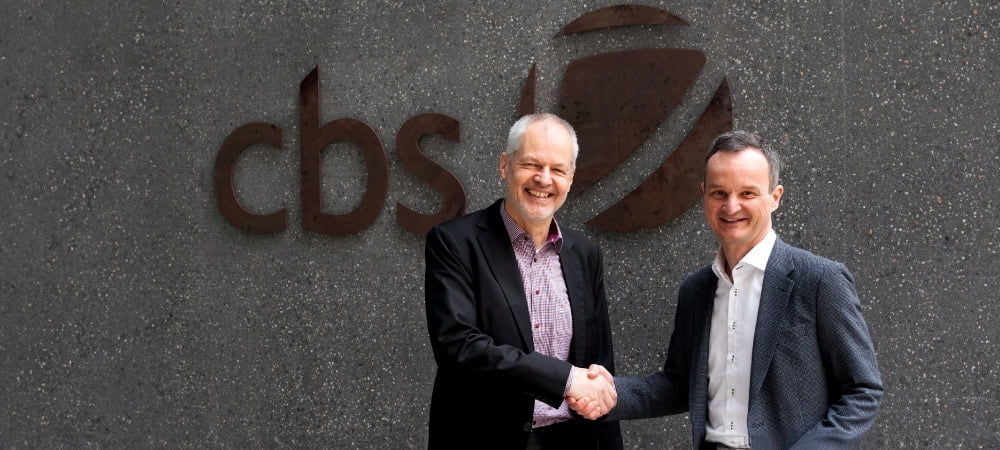SAP Invoicing of the Future


The air is thick with smoke, the desk is overflowing: Documents and invoices as far as the eye can see. As soon as the first incoming documents are processed, the next ones follow. The work of the office staff is more like fighting a Hydra - that many-headed monster from Greek mythology whose heads are constantly growing back - than the orderly work of a company geared towards efficiency.
The picture is exaggerated. "Nevertheless, even today, many companies still incur unnecessary costs for corrections and lost savings due to incorrect or slow invoicing - for example, because they do not meet payment targets and therefore miss out on discounts," says Ulrich Winter, Head of Application Management at digital engineering expert Nagarro, speaking about his experience from numerous projects with a wide range of customers. "That's why it became clear to us: In times when people use apps to remind themselves to get enough exercise and AI to do their homework, cost-efficient, time-saving invoicing must also be possible. As we couldn't find any suitable solutions on the market, we decided without further ado to develop them ourselves."
Invoice scanner for SAP
Ulrich Winter set to work with his colleagues. The goal: an invoice scanner for SAP that automates the invoice receipt process and thus increases efficiency reserves. Through seamless integration with S/4, Nagarro wanted to create a uniform platform that would eliminate the need for different systems and promote data integrity throughout the company. "The solution also needed to provide better insight into the invoice processing lifecycle with real-time updates, enabling easier decision-making and optimized cash flow management, and be usable for both cloud and on-prem systems," adds Ulrich Winter.
Efficiency through AI and OCR
To optimize the invoicing process, the development team at Nagarro relied on machine learning and artificial intelligence right from the start - supplemented by modern OCR engines (Optical Character Recognition). This enabled them to develop an invoicing scanner that processes invoices in three steps:

“The solution should provide a better insight into the lifecycle of invoice processing with real-time updates.“
Ulrich Winter,
Head of Application Management,
Nagarro
First, the scanner reads from various sources such as letters, email inboxes, file shares and a Fiori upload app. It captures the raw invoice data using the newly developed template engine. This is designed to recognize predefined invoice templates via OCR and extract information based on the template structure. This enables the scanner to identify classic key errors such as incorrect vendor details, invoice numbers and items at an early stage.
Interpreting invoice data
However, the accounting department must not only identify and store the data contained in the invoice, but also interpret it, especially in the event of ambiguities. This is where a second OCR engine comes into play, which uses self-learning AI/ML algorithms (artificial intelligence/machine learning) to process invoices that do not correspond to the predefined templates or show deviations. To do this, the scanner uses advanced pattern recognition techniques to analyze the layout, structure and content of unstructured invoices. As the AI/ML engine continuously learns from the data, it also constantly adapts to new requirements and improves its recognition capabilities over time. "This leads to a number of benefits for companies," explains Ulrich Winter in more detail. "Manual data entry becomes superfluous, the error rate decreases and data consistency increases. This frees up time for employees to concentrate on more value-adding activities. Thanks to the close connection to S/4, the system always takes the latest data into account. For example, if a supplier's IBAN is updated, the invoice scanner recognizes this automatically."
Generate supplier invoice
Last but not least, the scanner creates a supplier invoice in S/4 with all the identified information required for further processing. Finally, the system records these invoices with the status "noted and recorded" to enable further processing. In doing so, it uses the standardized S/4 workflows to forward the invoices to the relevant parties based on previously defined rules. Although the project team managed to largely automate invoicing thanks to improved AI technologies and machine learning models, there was still one key challenge: the proper processing of electronic invoicing. This will be implemented from
This will also become mandatory in Germany on January 1, 2025, and is already mandatory in some other European countries. "It was therefore clear to us that a future-proof solution would have to meet the associated data protection and security requirements and also be able to cope with the large number of different formats," says Ulrich Winter.
Legally, this was less of a challenge, as the processed invoice data is already hosted exclusively on servers in the EU - thus ensuring GDPR compliance. "The main sticking point for invoice processing within the EU was the storage of data. However, we were able to overcome this challenge by transferring this to the customer's servers. As a result, they retain control over their data."
EDI, XML and ZUGFeRD
Unstructured data includes formats such as PDFs, Word documents or image files such as PNG and JPG. Structured data is made up of formats such as EDI or XML. Finally, hybrid data includes ZUGFeRD and XRechnung. Unstructured data poses a particular problem due to its non-uniformity.
The AI-based OCR engine, which the scanner also uses for invoice interpretation, ultimately helped the team here. Ulrich Winter: "Without today's machine learning models, it would have been almost impossible to cope with the variety of formats - except manually. However, with the engine we developed, a lot of time and vast amounts of training data, we were finally able to train the scanner so that it can now handle the heterogeneity of formats without any problems. As a result, we can now offer companies a solution for invoicing with a clear conscience that will also last in the future."
Click here for the partner entry:





